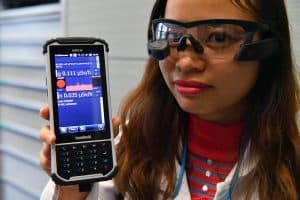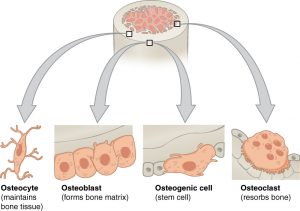Diagnostic Reference Levels and Other Metrics

Any individual who undergoes a medical imaging examination is subject to the benefits as well as the risks of the examination. Each individual is unique, with a unique body habitus, health status, and medical needs. Because of the wide variety and complexity of medical conditions, dose limits cannot be set for medical exposures. However, the average radiation exposure associated with a diagnostic or interventional procedure can be used to assess whether the dose received by the patient is within acceptable range. In other words, estimated exposure levels for different examinations help to highlight any substantial variation from the expected value. Certain metrics such as diagnostic reference levels make this possible.




